Two stone behemoths have faced off for centuries as countless battles were waged over a very contentious border. Narva Castle towers over the Estonian side, while Ivangorod Fortress sprawls across the Russian bank. Between them runs the Narva River, which connects Lake Peipsi to the Gulf of Finland. Historically, whoever controlled the Narva River also controlled the very important trade routes of the Baltic Sea. For this reason, northern Estonia was hotly contested by major powers from Denmark to Russia. Today, nary a guard is in sight as pedestrians walk across a bridge pulling suitcases behind them. Cargo trucks and passenger cars wait at checkpoints on either end. Locals swim and fish in the peaceful waters, on the Estonian side at least. Welcome to Narva!
Denmark ruled the land during much of the 13th century. The Danes established a stronghold on the Narva River to fend off Russian invasion. 100 years later, Denmark sold its Duchy of Estonia to the Teutonic Knights of the Livonian Order. These German crusaders strengthened Narva Castle by adding the formidable Hermann Tower, which soars 51 meters above the river. This was done in response to the construction of Ivangorod Fortress by Ivan III of Muscovy. His grandson would become the infamously cruel Ivan the Terrible.
By the middle of the 16th century, Ivan the Terrible had captured Narva and was wreaking havoc in the region. Seeking an end to his terror, the Estonian nobility asked Sweden for protection. It might be hard to imagine now, but the Swedish military was once among the most fearsome in Europe.
That is, until Peter the Great of Russia came on the scene. The young tsar was obsessed with ships and dreamed of dominating the seas. The fact that Russia didn’t have a navy was a minor detail. After learning the ins and outs of shipbuilding from Dutch masters, Peter started building his fleet. Then he set his sights on Narva and control of the Baltic. Peter’s first strike against Sweden took place at Narva Castle in 1700. Swedish forces won the battle, yet ultimately lost the war.
Interestingly, Sweden gifted Estonia a statue to commemorate the battle in 1700. The original Swedish Lion was destroyed in WWII, but a replacement was sent in honor of the 300th anniversary of the Swedish victory. A paved path leads from the park to the Narva River promenade and a sandy stretch of beach.
During Swedish rule, a beautiful town sprung up behind the castle walls. Sadly, 98 percent of Narva was destroyed by Soviet bombardments during WWII. In fact, only three buildings in the old town survived. One is Town Hall. Dating to the 17th century, its pink-and-yellow baroque facade is even more striking compared to the neighboring Soviet-era apartments. The Narva branch of the University of Tartu occupies the avant-garde structure next door.
Somehow, Narva Castle also remains standing. Along with the riverside bastions, the castle complex has been turned into the Narva Museum. Visitors can climb atop the restored Hermann Tower and peer across the river into Ivangorod Fortress. The dozen or so floors of the castle tower hold museum exhibits. These include displays of weaponry and armor, historical maps, and even an old Swedish military uniform.
Rondeel Restoran is located inside one of the castle’s former artillery towers and is an excellent choice for lunch. The waitstaff were attentive and friendly, and the food was tasty. I opted for a bowl of Swedish pea soup, which seemed appropriate given the history.
Another solid dining option in Narva is Viva Cafe. I was delighted to find traditional favorites such as solyanka soup and fried garlic rye bread on the extensive menu. The cafe is inside an apartment building on Alexander Pushkin street, just around the corner from the tourist information office. (As ever, I recommend popping by the latter to pick up maps.)
I stayed one night at the Hotel Narva and it was better than I expected. Room decor – or lack thereof – hearkens back to the Soviet era, but the bed was surprisingly comfortable. And with the Swedish Lion tucked in a park directly behind the hotel, the location can’t be beat.
Besides the castle and a handful of churches, the rest of the city is mostly dominated by Soviet apartment blocks. It can look rather bleak on an overcast day. However, the people I met couldn’t have been nicer. Everyone – from a Turkish university student waiting tables to trilingual hotel clerks – was helpful and kind and I left with a very warm impression of Narva. If you are planning a Baltic road trip, I highly recommend making a stop in Narva!
PIN IT!
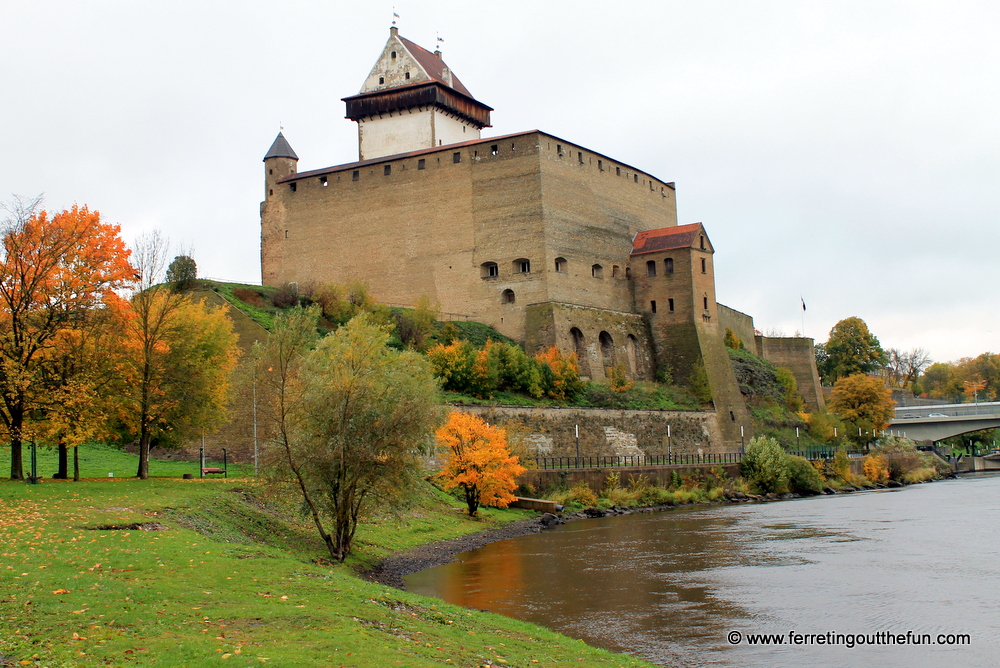
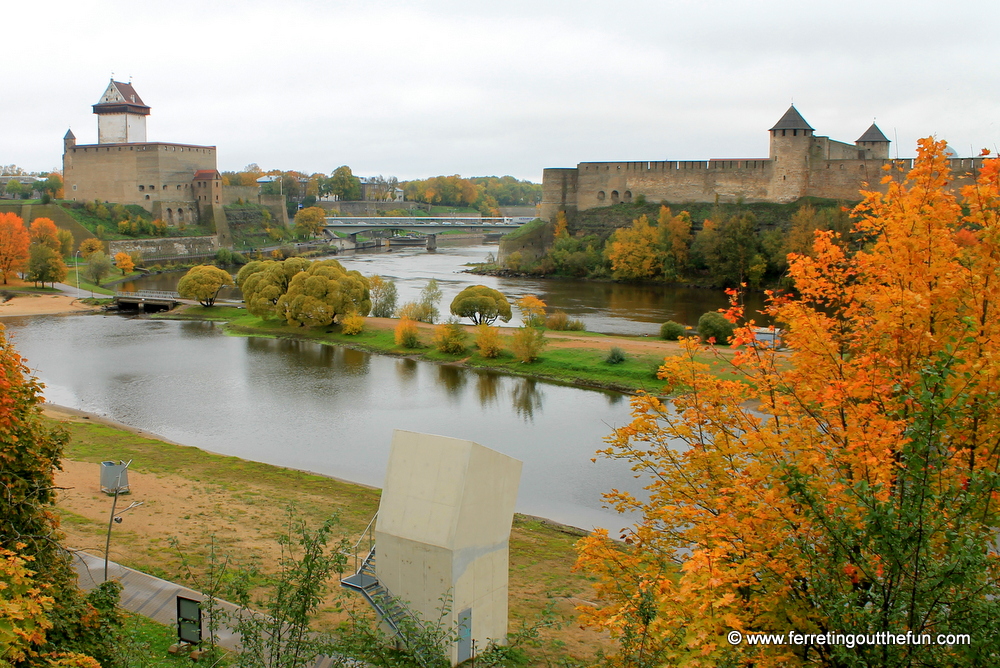
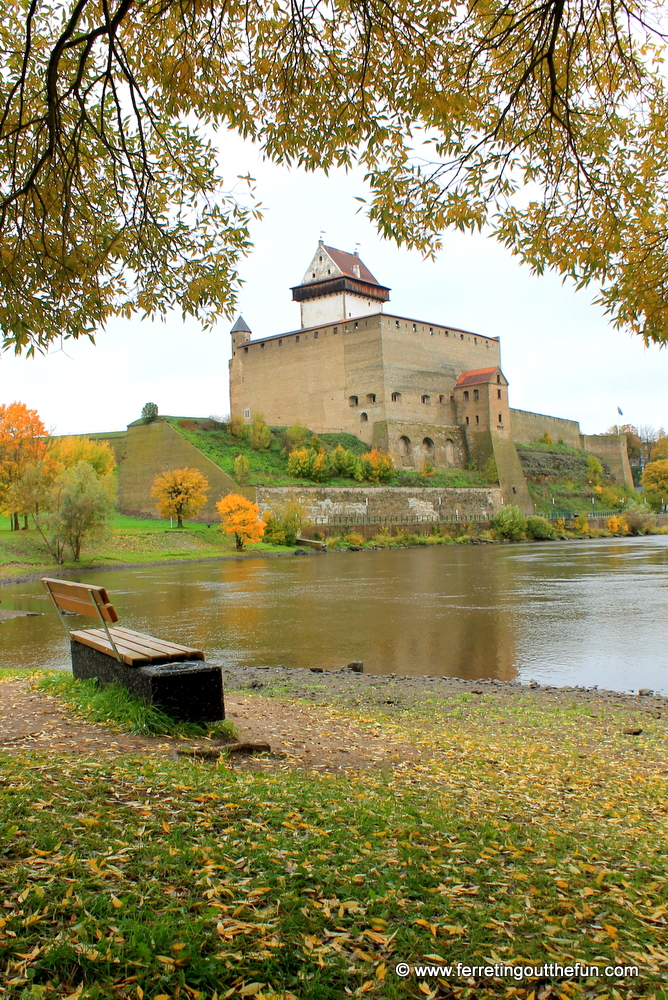
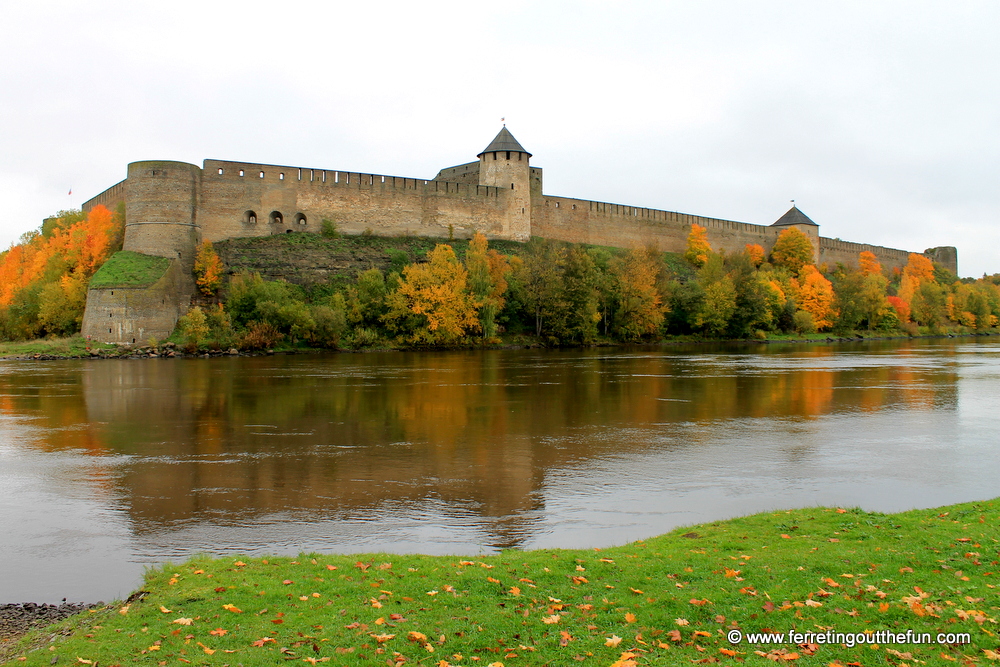
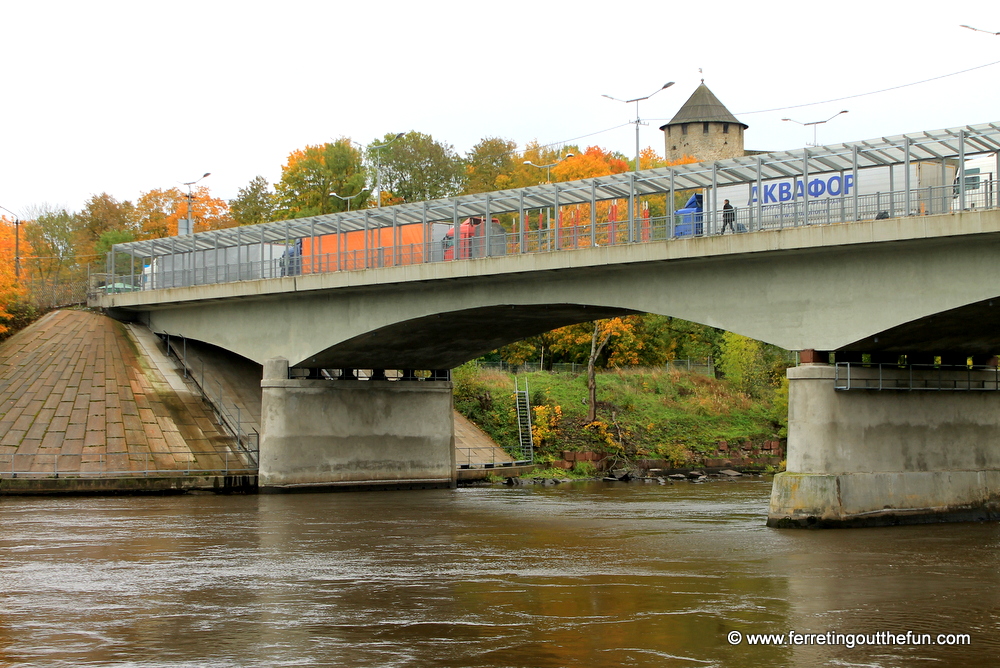

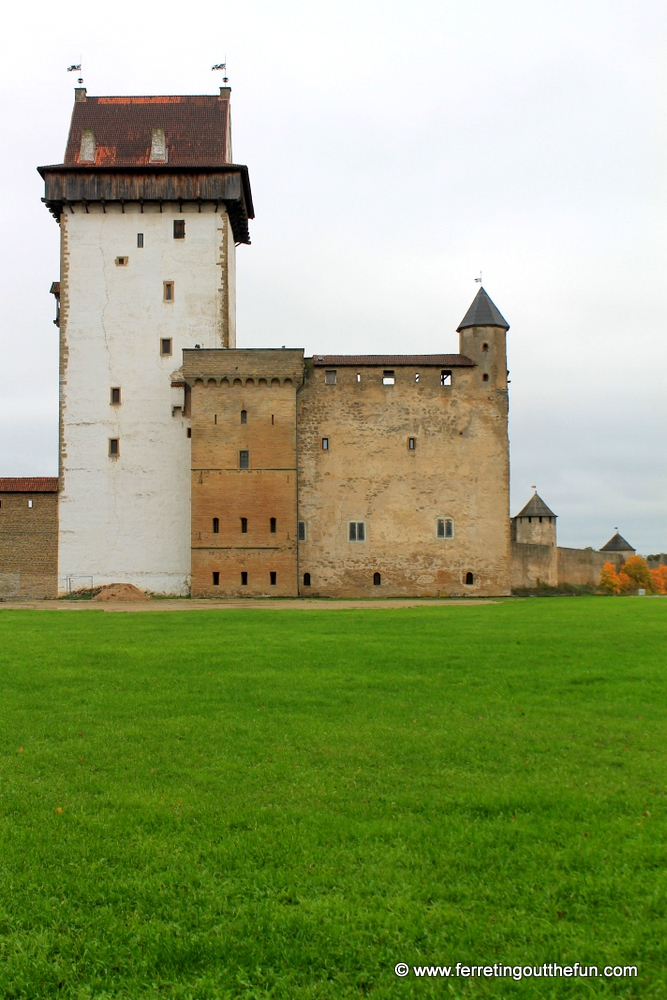
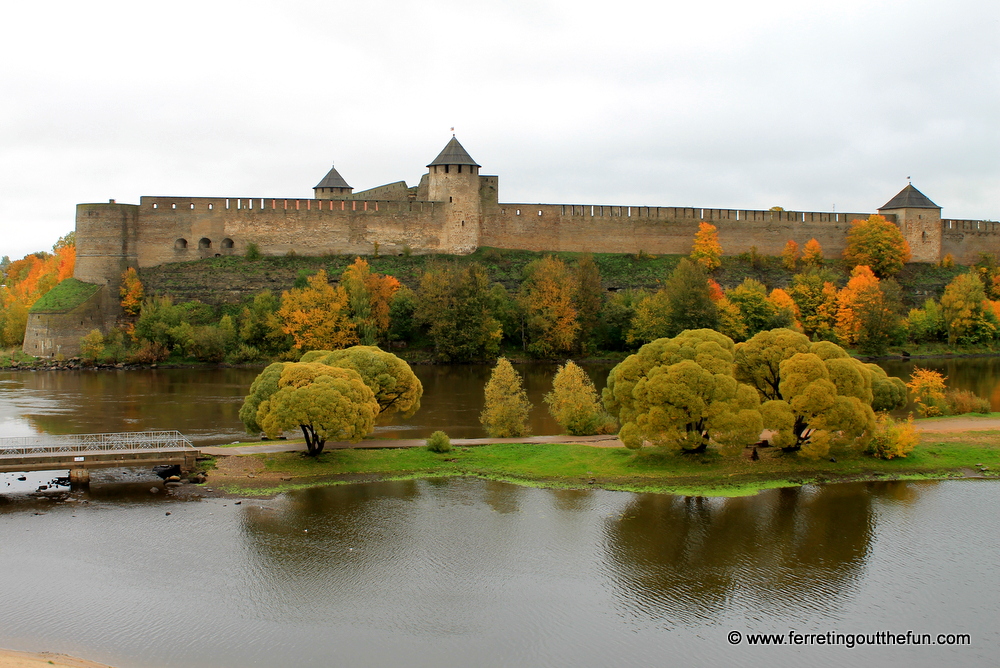
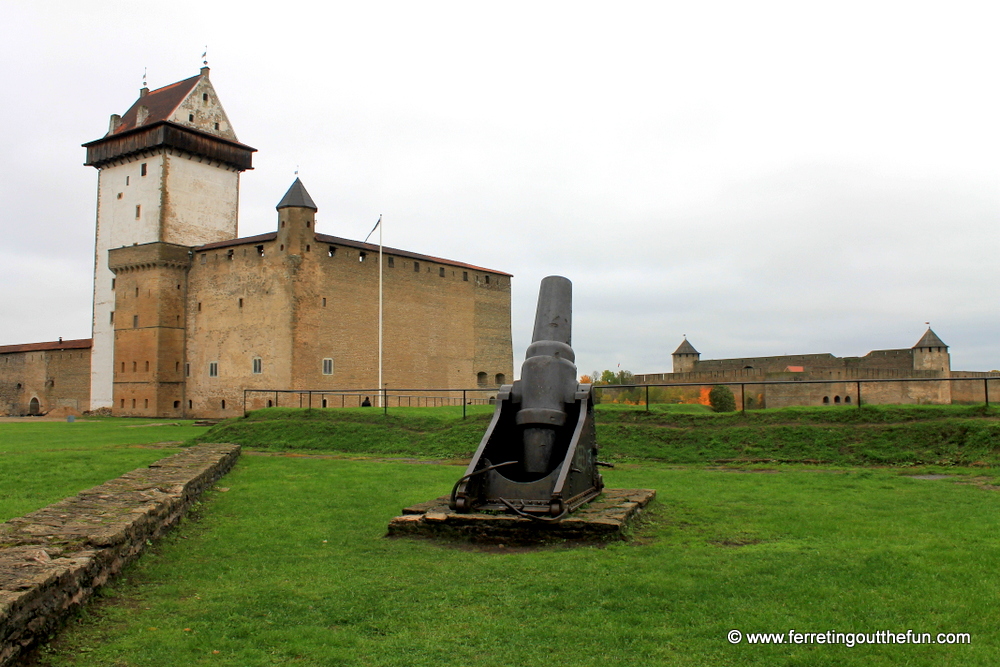
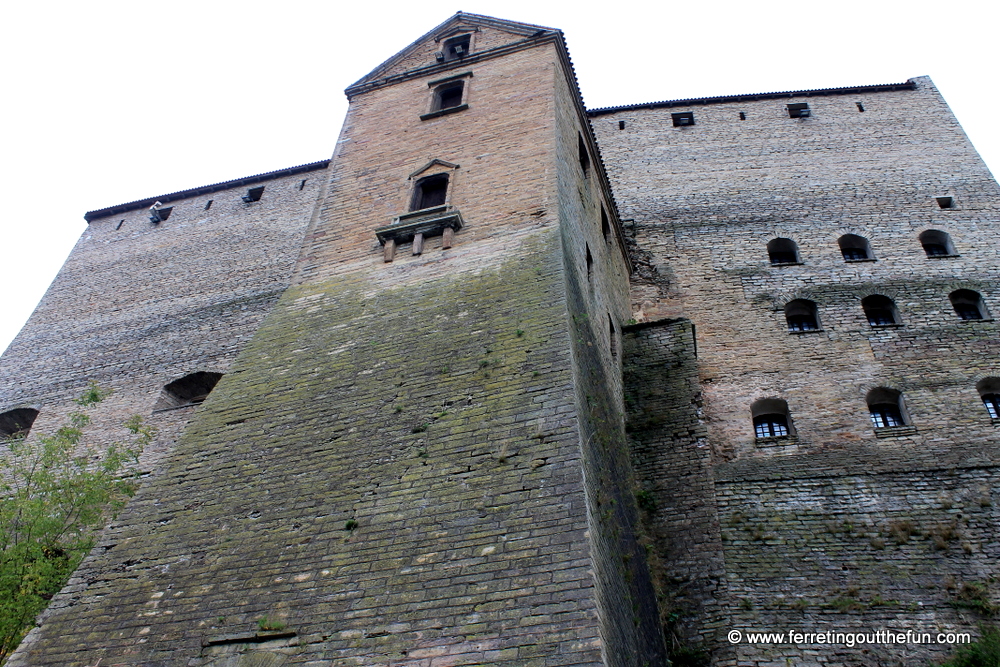
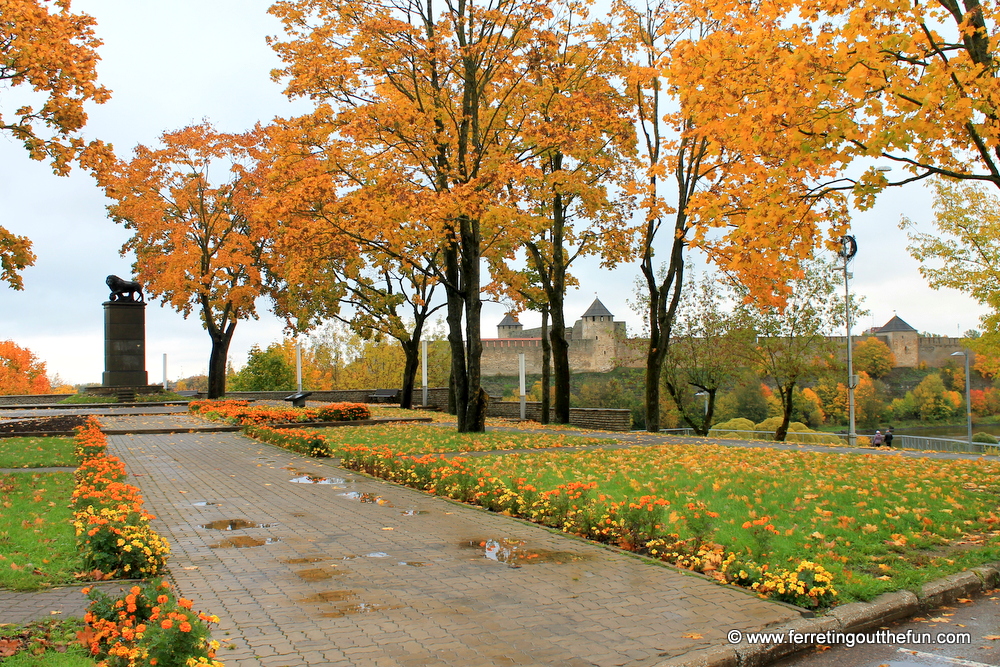


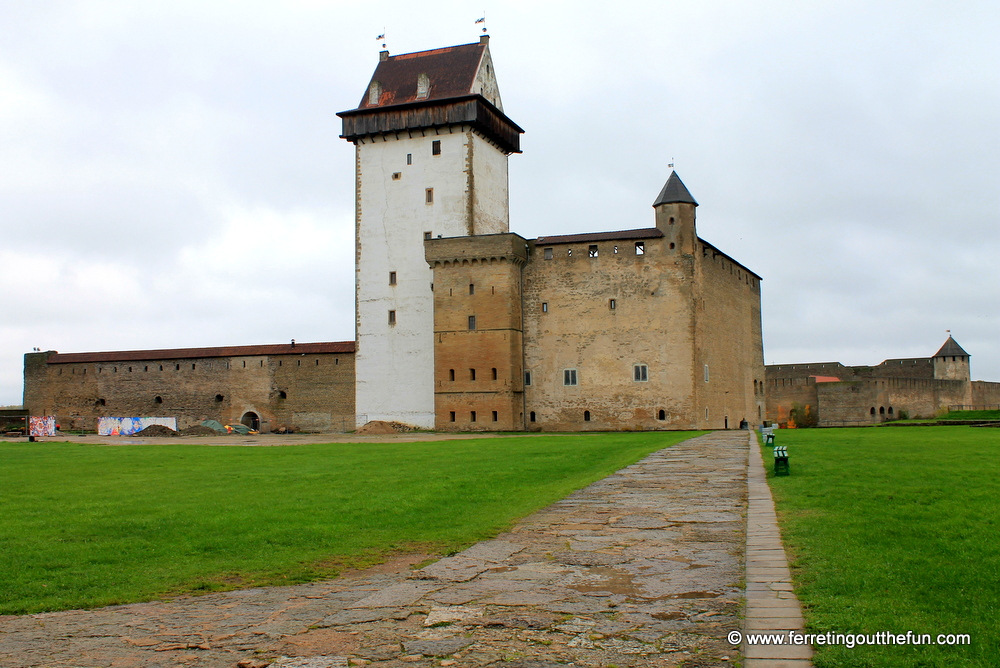
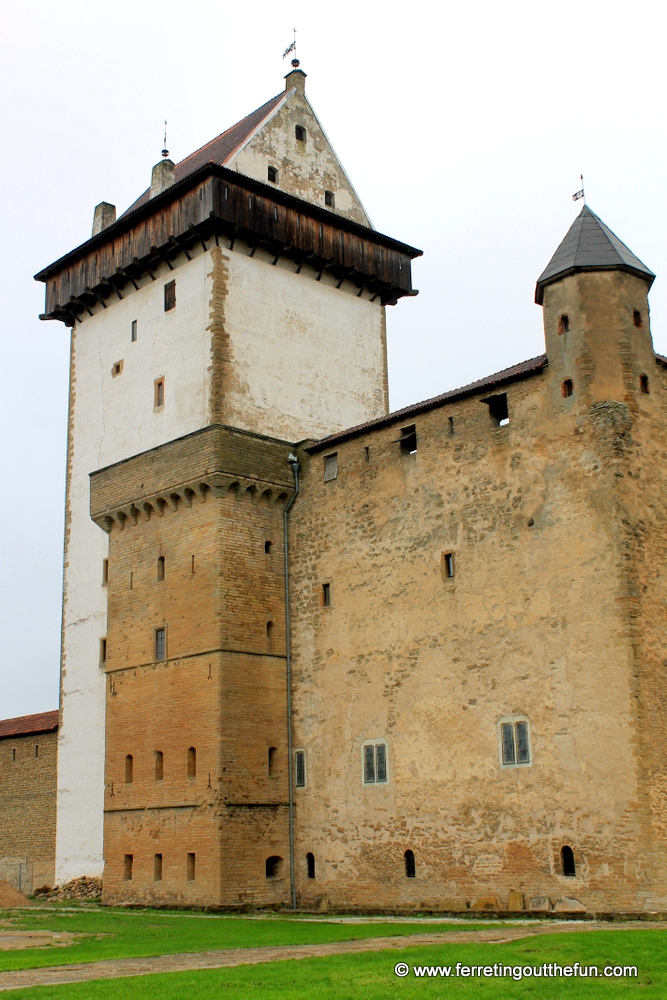
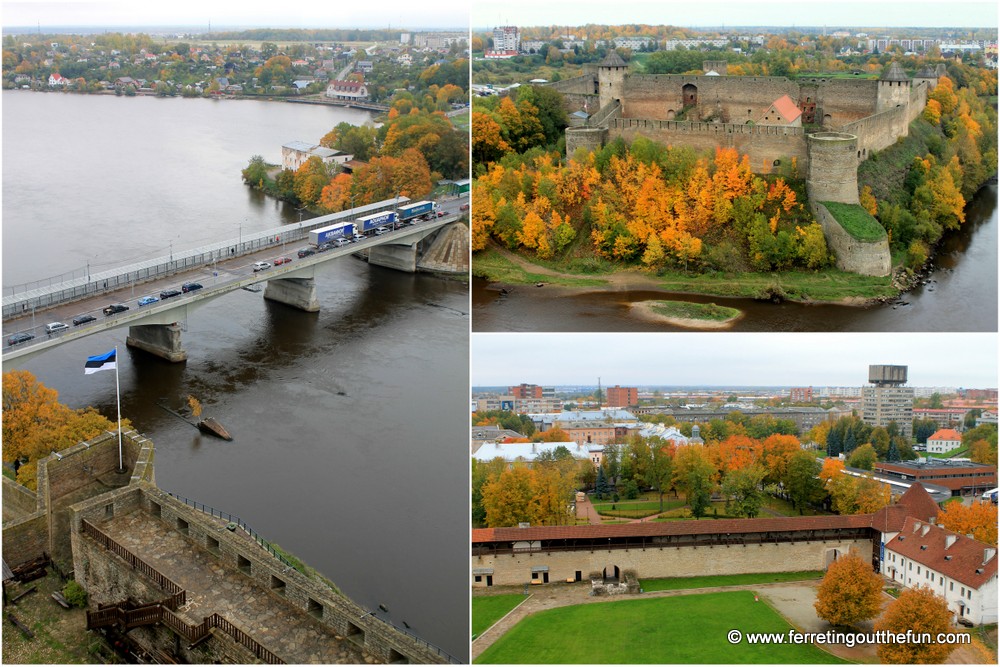
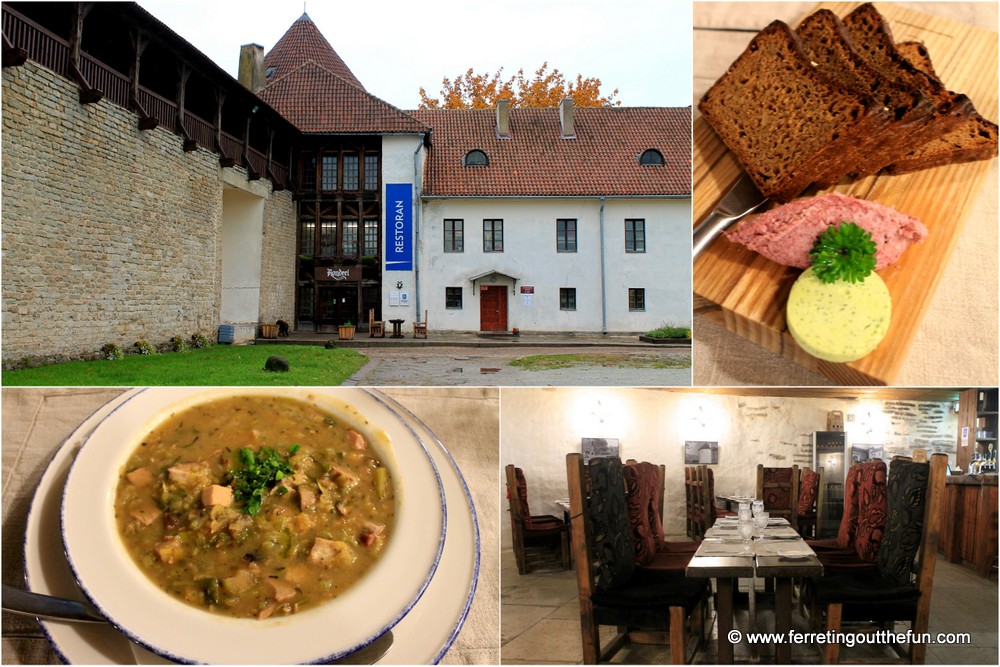
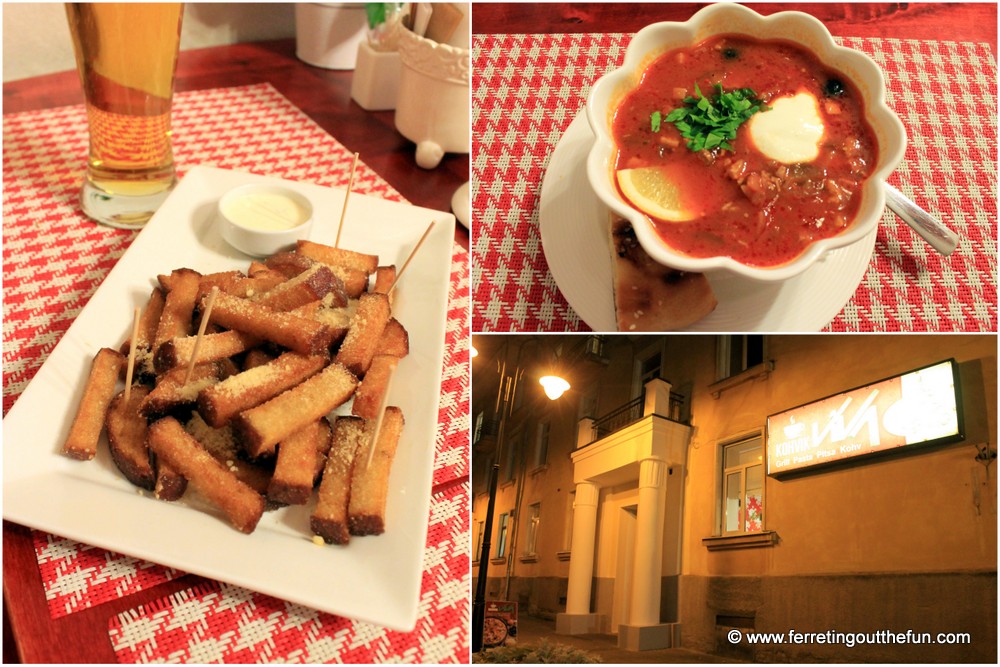
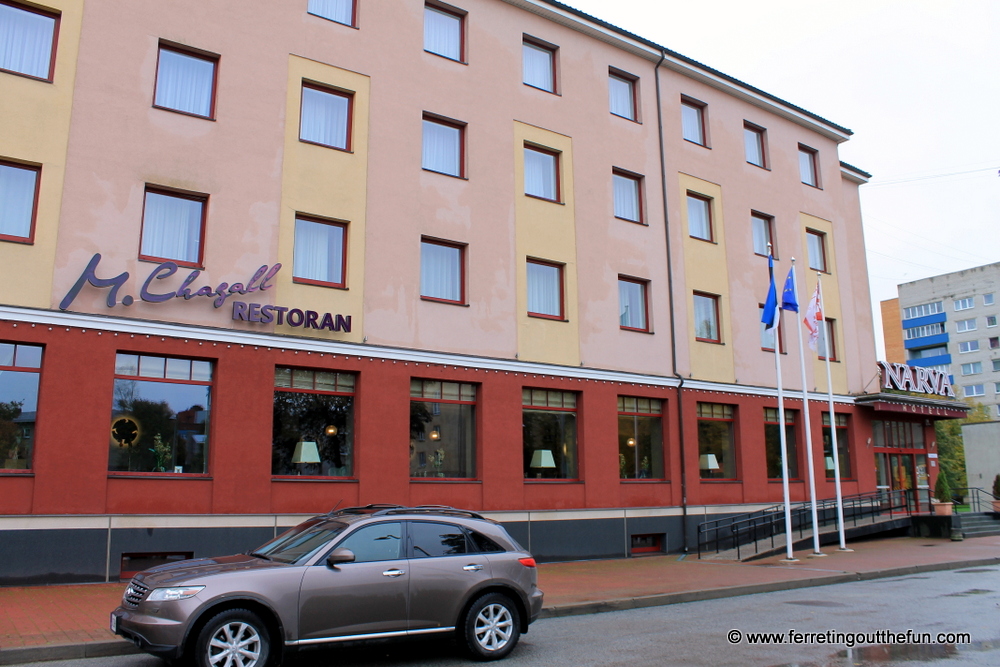
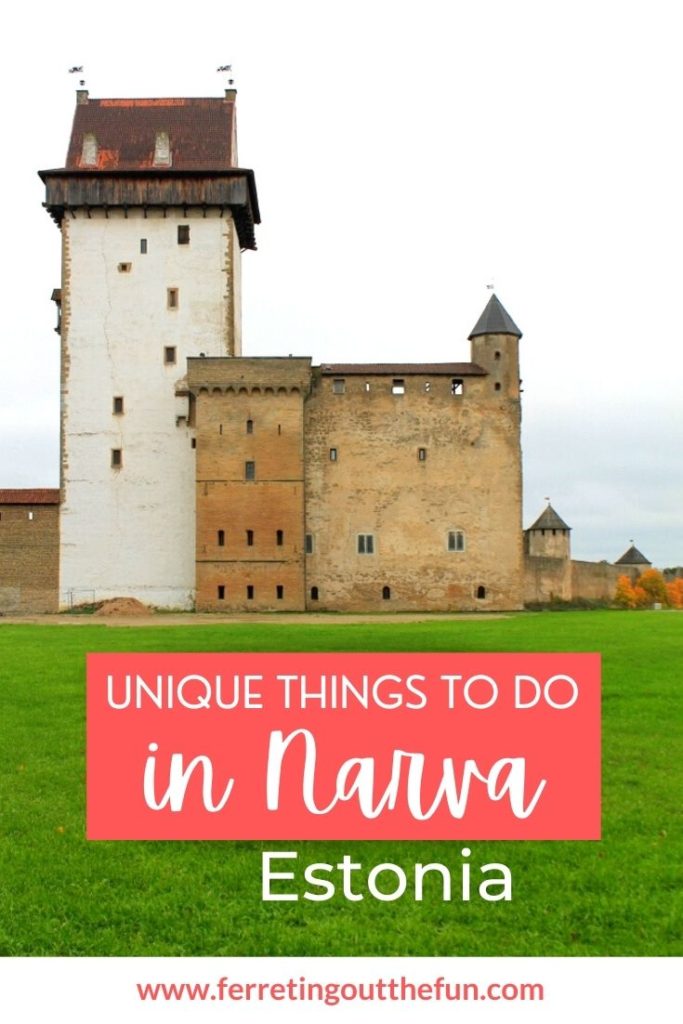
I always enjoy reading your blogs. You visit the most interesting places and take such beautiful pictures. Thanks for sharing.
Thanks, Mom! xoxo